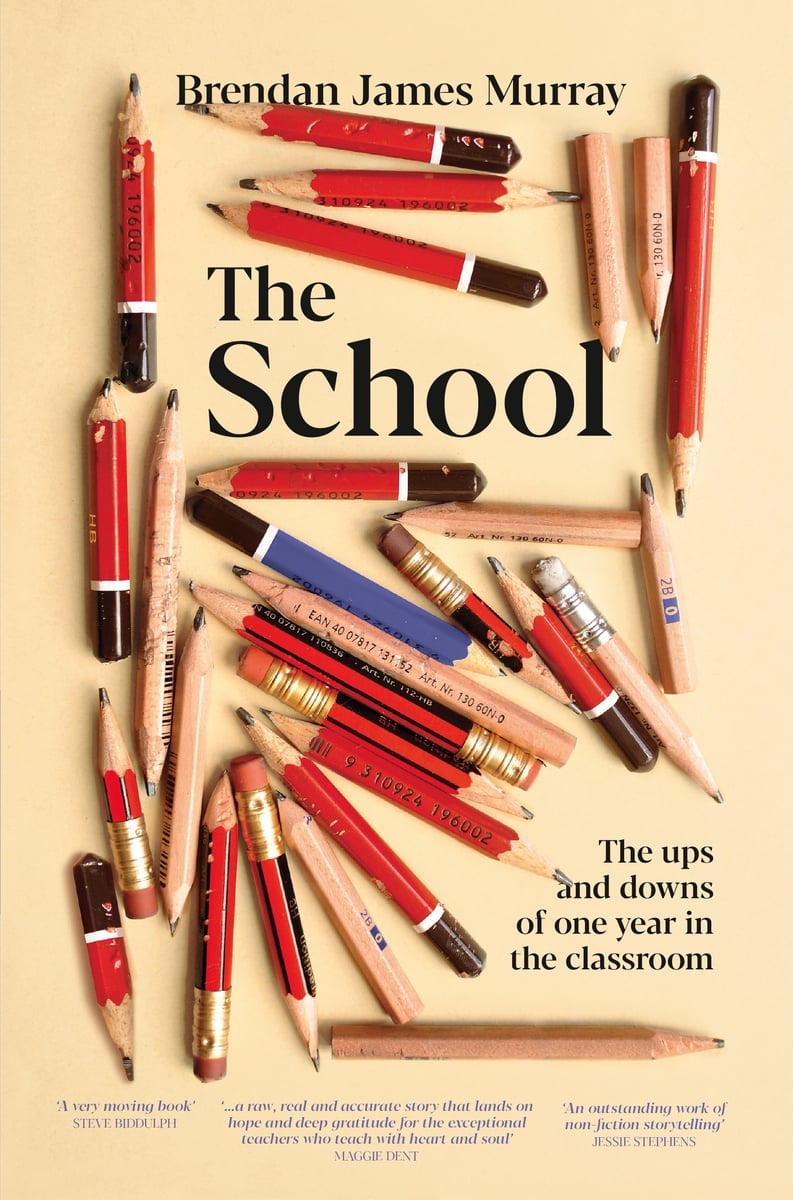
They were all there, Wambui included, though really they weren’t – really they were in the brick belly of a government classroom, years-old posters over greying walls, kiln-light pulsing murderous through the windows in an irresistible haze. The ocean nearby smelt of dried seaweed. Gulls cried. It was the final period of the day, but this meant little to these seventeen- and eighteen-year-olds, many of whom would go straight from school to part-time jobs upon which their households depended.
But the illusion held. I saw it in their furrowed brows, their slightly squinting eyes. They were enveloped in the darkness of an enormous pavilion, its sawtooth roof pulled tight in a snarl. The floor was dusty, uneven, dangerous. In the centre was a steep-sided pool, its surface humped with the carcasses of horses. Still more horses galloped and cantered on the rim, while a lone shepherd, arms outstretched, tried to prevent them from falling.
‘So tell me,’ I said, aware suddenly that the electric clock uttered a faint, continuous whine. ‘Does this story make no sense whatsoever? Or is there a hidden logic? Something a good Literature student can find?’
Tim put up his hand. He was a tall, lanky surfer who – by sheer chance – I had taught continuously for the past five years. ‘I’m not sure.’ His voice was all sea breeze and glinting horizons. Waves broke behind his eyes. ‘But I like it, Doc.’



Top Comments
What a great country we live in where parents and guardians have a choice to send their child to a school that might use the students' money wisely. Isn't is also great that parents' can choose to send their child to a school that asks for extra funding on top of what government rightly gives their child, so the school can offer the child certain things because of the "parent funding." However this may not always be that case as will be seen below.
While this article is a work of fiction, I know very well the delusion that people have of private schools. It is often the teacher who has never set foot in a private school that has this grandiose idea of what goes on, just like in this article where the private system is judged on that small fractional percentage of elite rich private schools that do get that auditorium built. In some of the private schools I've worked in I've had overcrowded classrooms, including overload of students in practical subjects that went against safety standards; subjects cancelled halfway through the year because a student left and they didn't have the staffing to continue running the subject, and not just the 5 students mentioned in the article; a constant stream of children coming to school that have neither slept or eaten for days, not because there is no food at home but because they don't have a home. I fed them and clothed them out of my own money; paid the repair bill for the curtain rod to hang up, let alone put up the curtains I bought with my own money; bought books, pens, calculators and all sorts of stationery just to kick things off. I have also worked in private schools where a bulk of students have been on bursaries and the schools were taking in students who were expelled from their local public school; toilets blocked for weeks because they can't afford a plumber; windows staying smashed and just covered up with sticky tape, yet outsiders think that private school kids sit around eating caviar while their violins are being polished.
As a retired teacher of many years who has worked in the public and private system in various demographics, there is one clear common thread amongst students who do well and those that don't. It's not privilege, wealth or position, the students that do well just work their arses off.